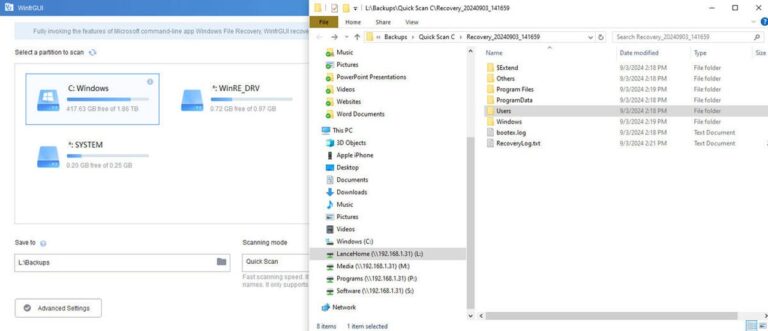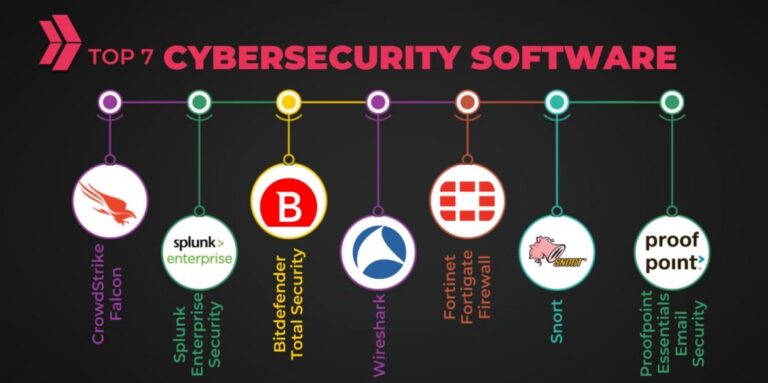Advancements in Renewable Energy Technology: Powering a Cleaner, Smarter Future
As climate concerns intensify and global energy demands grow, renewable energy technology has become more than a sustainability trend it’s a critical solution for our planet’s future. Today’s breakthroughs in clean energy are reshaping how we generate, store, and distribute power, offering efficient alternatives to fossil fuels and helping nations meet ambitious carbon reduction targets. Whether you’re an environmental advocate, business leader, or curious consumer, understanding the latest advancements in renewable energy technology is essential for staying ahead in the clean energy transition and making informed choices about a more sustainable tomorrow.
Solar Innovations: Beyond Rooftops and Panels
Solar energy has long been the poster child of renewable power, but recent innovations have taken it far beyond traditional rooftop panels. Today’s solar technology includes ultra-thin, flexible photovoltaic films that can be applied to windows, clothing, or curved surfaces, making solar integration more versatile than ever. High-efficiency solar cells now convert more sunlight into usable power with less material, and bifacial panels capture energy from both sides for greater output. With the rise of solar tracking systems and AI-driven performance monitoring, solar power is becoming smarter, more accessible, and scalable across industries.
Wind Power Gets a High-Tech Makeover
Wind energy is also undergoing a major transformation. Next-generation wind turbines are taller, more aerodynamic, and capable of generating more electricity even in low-wind environments. Offshore wind farms, once experimental, are now expanding rapidly, harnessing strong ocean winds to supply coastal cities. Floating wind technology is emerging as a game-changer, allowing turbines to be deployed in deep waters where traditional foundations aren’t feasible. Additionally, AI and predictive analytics are being used to monitor turbine performance, reduce downtime, and improve maintenance scheduling maximizing output and lowering costs.
Breakthroughs in Energy Storage for a Steady Supply
One of the biggest challenges in renewable energy has been storage how to capture energy when it’s produced and use it when it’s needed. But recent advancements in battery technology are bridging this gap. Lithium-ion batteries are now more efficient and affordable, while alternative chemistries like solid-state, sodium-ion, and flow batteries are being developed for longer lifespans and safer usage. On a larger scale, grid-scale energy storage solutions and hydrogen fuel cells are helping stabilize renewable energy supply, enabling solar and wind to compete with traditional baseload power sources.
Smart Grids and Digital Integration: The Backbone of Efficiency
The transition to renewable energy doesn’t stop at generation it requires smarter distribution too. Enter smart grids: digital energy systems that use sensors, real-time data, and automation to balance supply and demand efficiently. These networks can detect outages, reroute power, and prioritize renewable inputs, reducing reliance on fossil-based backup systems. Integrating blockchain technology into grid management is also helping improve transparency and decentralization, empowering consumers to produce, store, and sell their own renewable energy as prosumers in a dynamic energy market.
Emerging Technologies Driving the Future of Clean Energy
Beyond solar and wind, a wave of emerging technologies is shaping the next frontier in renewables. Green hydrogen, produced through electrolysis powered by renewables, is being explored as a clean fuel for transportation and heavy industry. Ocean energy, including tidal and wave power, is gaining traction with improved turbine designs and marine infrastructure. Meanwhile, bioenergy innovations such as converting agricultural waste into fuel—are offering sustainable solutions for hard-to-electrify sectors. These technologies expand the renewable landscape and open new pathways to decarbonize the global economy.
FAQs
How efficient is solar energy today compared to a decade ago?
Modern solar panels have nearly doubled in efficiency over the past decade, with some lab-developed cells reaching over 40% efficiency under optimal conditions.
Can renewable energy really replace fossil fuels completely?
Yes, with continued advancements in storage, grid integration, and diversified technologies, renewables are on track to meet global energy needs sustainably.
What’s the biggest challenge in adopting renewable energy widely?
Infrastructure limitations, regulatory hurdles, and inconsistent policy support remain major obstacles, though technology is rapidly closing the performance and cost gaps.
Are new renewable technologies affordable for small businesses or homes?
Absolutely. Costs for solar, wind, and battery storage have dropped significantly, making it more feasible for individuals and small enterprises to participate.
What role does AI play in renewable energy today?
AI helps forecast weather patterns, optimize energy production, manage grids, and enhance predictive maintenance for turbines and solar systems.


